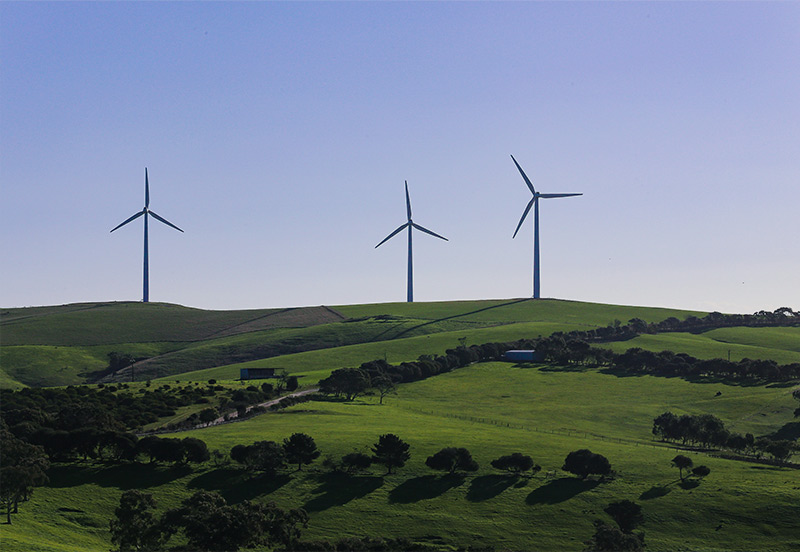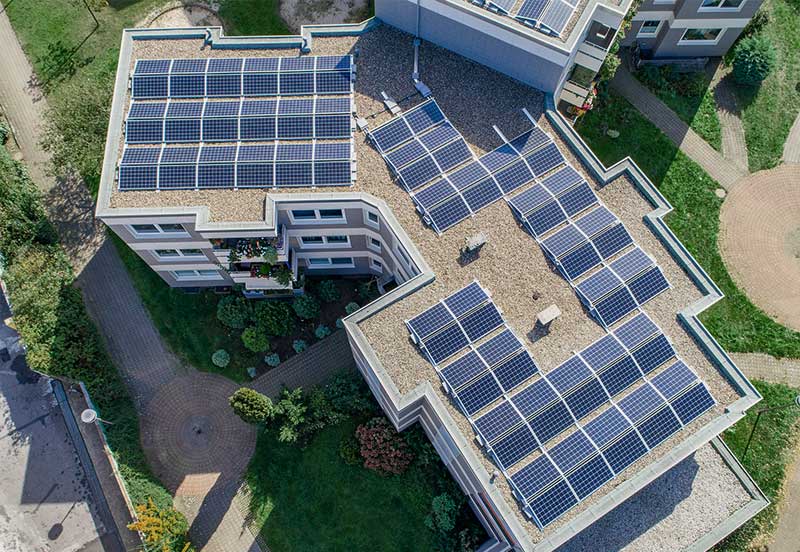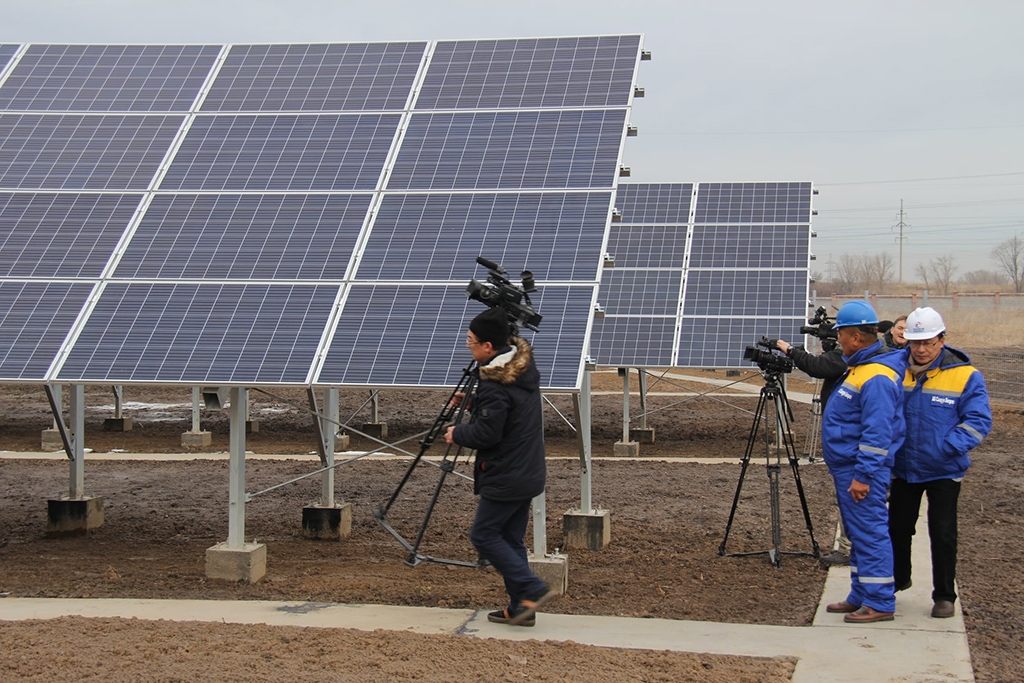Green Innovation in Bitcoin Mining: Recycling ASIC Heat
This article was written in collaboration with Magdalena Gronowska, a Bitcoiner who has 10 years of experience in energy and carbon markets.
Original Article Found: https://braiins.com/blog/green-innovation-in-bitcoin-mining-recycling-asic-heat
Bitcoin mining is an energy intensive industry. Correspondingly, miners exude large quantities of heat as a byproduct of the hashing process, which conventionally has been vented into the atmosphere. Competitive mining companies are exploring different ways to recover and repurpose waste heat to create additional revenue streams and offset electricity costs.
Heat recovery is a low-carbon technology that cuts across multiple sectors of the economy. Low-grade heat — i.e. low-temperature heat expelled by miners — is required to heat homes and buildings and by certain manufacturing processes (such as in food and beverage production or pulp and paper manufacturing). The primary challenges are identifying effective ways to capture and transfer heat, along with sound economic use cases.
The re-use of waste heat offers environmental benefits — it offsets energy consumption and any associated carbon emissions. Even larger environmental benefits occur if clean electricity powering miners displaces heat generated from fossil fuels. Historically for example, coal, bunker fuel, propane, or natural gas have been used by the North American agricultural industry in heating systems.
Heat recovery applications are a compelling use case for Bitcoin mining in that they can be implemented within both centralized and decentralized mining applications. A large-scale mining installation coupled to a large heat load like a manufacturer, greenhouse, or district heating system could economically benefit in the same way that smaller distributed miners could provide space and water heating for residential and commercial uses.
Energy consumption represents the largest operating cost for mining operations (79% of operational expenses on average). This makes bitcoin mining one of the most energy price-sensitive industries in the world.
Large-scale mining facilities exist in the US, Canada, Iceland, China, Russia, Kazakhstan, Georgia, and Russia, their specific locations largely determined by the holy grail of the mining industry: low electricity prices. A few particularly innovative miners, however, have found a way to share their power bills with other seemingly unrelated businesses.
In this article, we examine 5 mining projects that are helping reduce greenhouse gas emissions by repurposing the heat produced by their ASICs. These projects are important milestones for establishing the feasibility and economics of green Bitcoin mining.
A few particularly innovative miners, however, have found a way to share their power bills with other seemingly unrelated businesses.
Bitcoin mining is literally boiling the ocean in an innovative heat recovery application on Vancouver Island, Canada. But this is far from the environmental disaster denounced by Bitcoin’s detractors — it’s the next generation of green mining technology.
The key to MintGreen’s sustainable mining model is that energy is used twice; first to mine Bitcoin, and then to provide zero carbon industrial heating. These systems generate persistent and predictable heat loads year-round, which are sold via heat offtake agreements.
MintGreen’s commercial partnership with Vancouver Island Sea Salt uses a liquid immersion mining system to heat large evaporation tanks to produce gourmet flake salt. Their second collocated site at the Shelter Point Distillery, uses heat from mining in the mash process to make whisky. Salt and whisky – a killer combination for any crypto carnivore.


Sweden — Genesis Mining Greenhouses
This pilot project gives a new meaning to “green” Bitcoin mining. Genesis Mining has partnered with a handful of public and private organizations in Sweden to develop mining containers with specialized air flow systems that direct waste heat flow into a nearby greenhouse that grows fruits and vegetables. Researchers predict that if a 600kW Genesis mining container can increase greenhouse temperatures by just 20 degrees, the size of the greenhouse can triple in subarctic climates. While the project is still in its early stages, Genesis plans to scale this to their other mining operations around the world in the future, most of which are powered by renewable energy. This use case can be replicated by other miners across a variety of farm crops — from fruits and vegetables, to aquaculture, insects, and algae farming.
Netherlands — GreenMine Container
Multiple industrial symbiosis projects between miners and greenhouses are being explored in Europe. In the Netherlands, a greenhouse tomato farm is co-locating with a liquid immersion cooled mining container. This GreenMine Container mines cryptocurrencies and pipes the heat output into an adjacent greenhouse. The heat from the miners is efficiently removed using a non-corrosive oil, transmitted through a heat exchanger, and converted into hot water that heats the greenhouse .
A key feature to note is that this type of solution is extremely scalable. The containers are prefabricated in a standardized way and can be easily transported and installed next to greenhouses, commercial buildings, or any other facilities that require low-grade heat.
Read the rest at: https://braiins.com/blog/green-innovation-in-bitcoin-mining-recycling-asic-heat
Comments
-
-
Mark Jonson
Quis hendrerit dolor magna eget. Pretium nibh ipsum consequat nisl. Nunc eget lorem dolor sed viverra ipsum nunc aliquet bibendum.
-





Jena Smithson
Morbi tincidunt ornare massa eget. Dapibus ultrices in iaculis nunc sed augue lacus viverra vitae. Malesuada fames ac turpis egestas integer eget aliquet tellus id interdum.